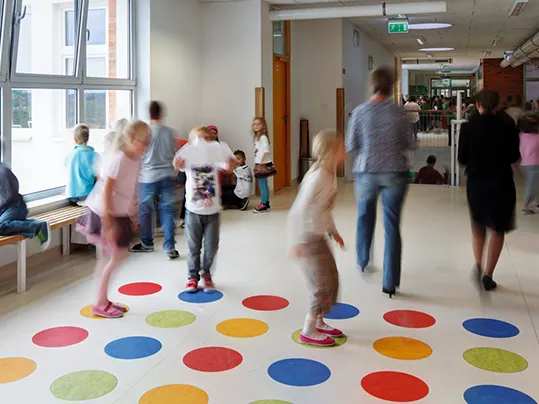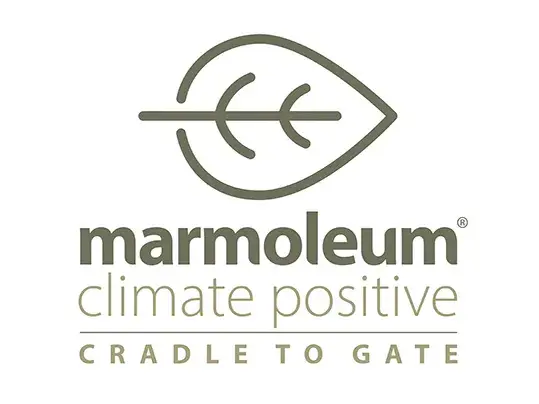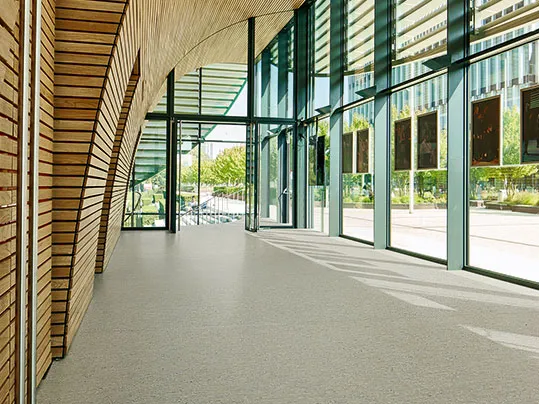Building a Greener Educational Future
Lewis Cooper, Segment Marketing Manager for Education
November 2020
.png)
Covid 19 has demonstrated that we should take nothing for granted, with the pandemic highlighting how we respond, adapt and manage changing circumstances. Those qualities will be stretched further by the challenges we face in becoming carbon neutral by 2050. Some aspects of the journey started back in the 1970’s, for example; we began the transition from coal powered energy through to today’s ever-increasing use of renewable energy sources, and the development and widescale use of computers have impacted massively. Education has been central in driving forward these technological and societal changes and it seems appropriate that we take a closer look at how these changes are affecting the buildings that education is delivered from.
The construction industry accounts for 10% of the total UK CO2 emissions, directly contributing to a further 47%. As such, there’s now more of an incentive than ever for the built environment sector to consciously choose sustainable solutions when designing buildings – including educational buildings.
Educational buildings are the ideal candidate in helping to launch this net-zero revolution. For one, such buildings consume lots of energy and are significant carbon emitters. In fact, energy costs often rank as the second biggest expenditure for schools after staffing costs. Therefore, there’s a clear incentive for educational facilities to reduce their reliance on carbon-based fuel sources and embrace net-zero principles. What’s more, given that educational facilities are inhabited by young people, moving to net-zero building designs can help to normalise the practice amongst a new generation, which will be crucial as we move forward and look to extend these values across all aspects of society.


In designing net-zero educational facilities, architects and specifiers must begin to explore new and exciting sustainable solutions, which provide outstanding performance and environmental credentials. They should look to move away from products that depend on finite natural resources and towards solutions, such as our Marmoleum range, which provides CO2 neutrality from cradle to gate, without offsetting1 .
Our sustainable flooring solution is made from 97% natural raw materials. This includes flax, jute and linseed oil, which are grown and harvested annually, and wood flour and pine rosin that are sourced from sustainably managed forestry plantations. In fact, 62% of the natural ingredients are renewable, of which 29% are rapidly renewable, meaning it will grow back within one year. Marmoleum also boasts 43% reused and recycled content to reduce the demand for virgin raw materials. What’s more, by using Marmoleum 2.5mm on a 10,000sqm project, for example, could equate to a 66,200kg/CO2 saving when compared to a PVC vinyl floor.
Additionally, what’s really great about a solution like Marmoleum is that it can be installed anywhere. In looking to achieve its target of becoming the first major economy to achieve net zero CO2 emissions by 2050, Britain will need to refurbish its existing buildings to make them more environmentally friendly. Modern sustainable solutions, like Marmoleum, make this possible.
In addition to its sustainability, Marmoleum offers true design freedom and choice with over 300 colours and designs to choose from. It is also Allergy UK approved and features the Forbo Topshield high performance UV-finish, which prevents staining, scuffing and scratching for a longer lasting finish, as well as easier cleaning and maintenance.

Forbo's Marmoleum Terra sheet linoleum
.webp)
Forbo's Marmoleum Fresco sheet linoleum
Working towards a net-zero future is going to be hard, but at Forbo, we believe it’s achievable. With solutions like Marmoleum, those designing educational facilities are able to attain these goals more efficiently than ever before.
1Based on the weighted average of the Marmoleum portoflio.
Innovator & artist, Daan Roosegaarde, and CEO of the World Green Building Council, Cristina Gamboa, shared their inspirational outlook at the first Forbo Flooring Systems international webinar, entitled A vision for a CO2 neutral future.
During the webinar, the two guests also urged for change to start sooner rather than later. Gamboa: “Constructing a world that destructs, is no longer valid.”
Download our whitepaper: Marmoleum CO2 Neutrality in the Building Sector